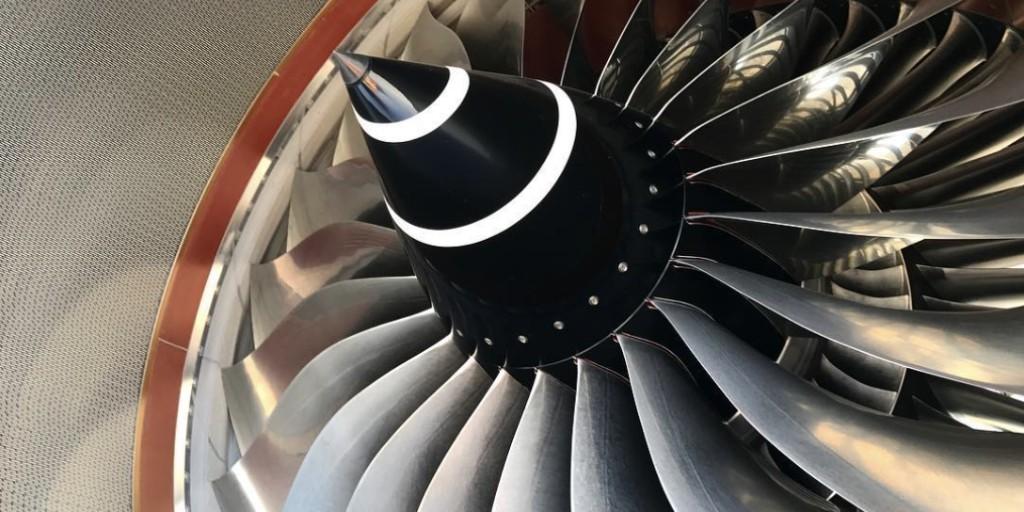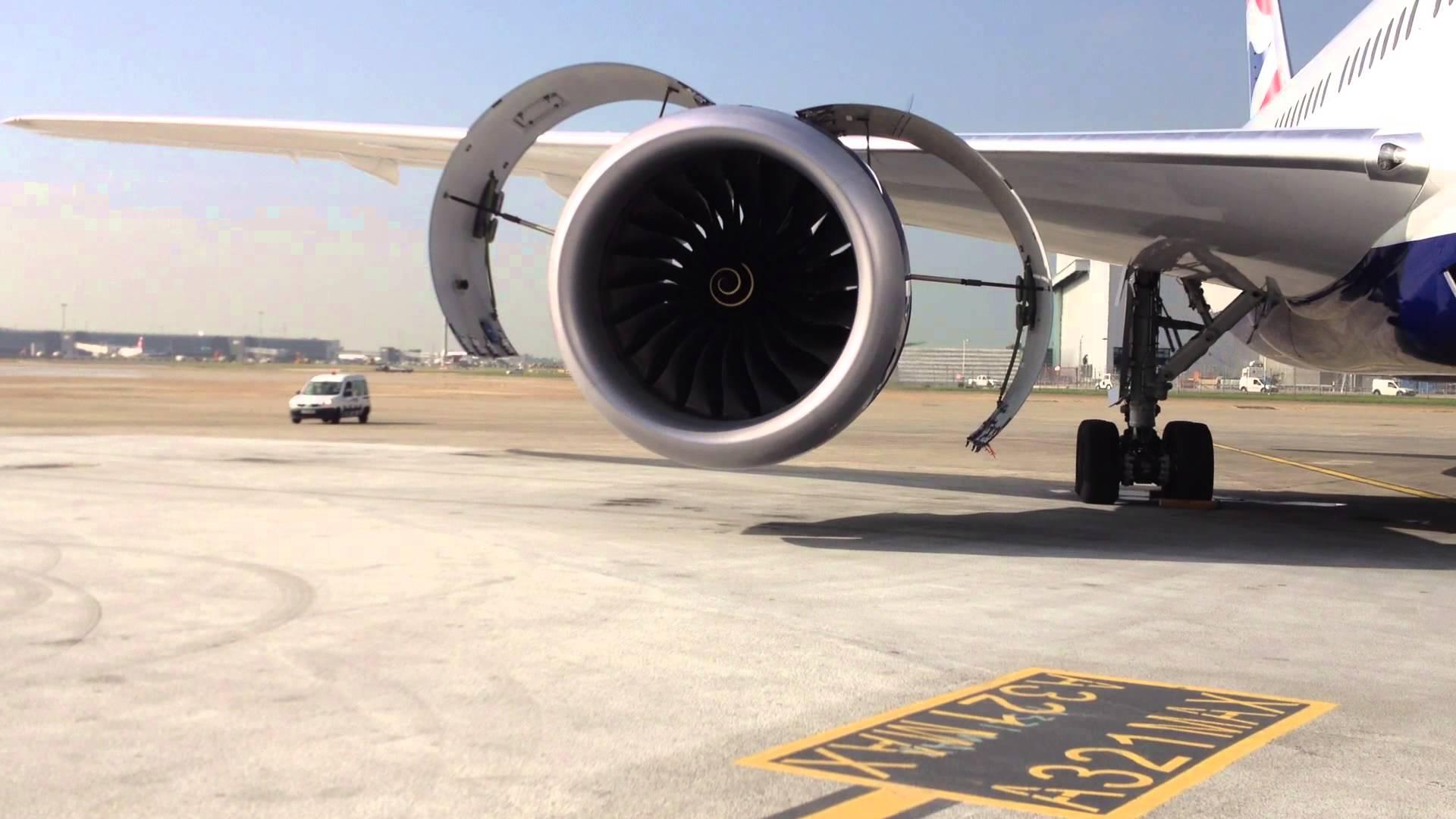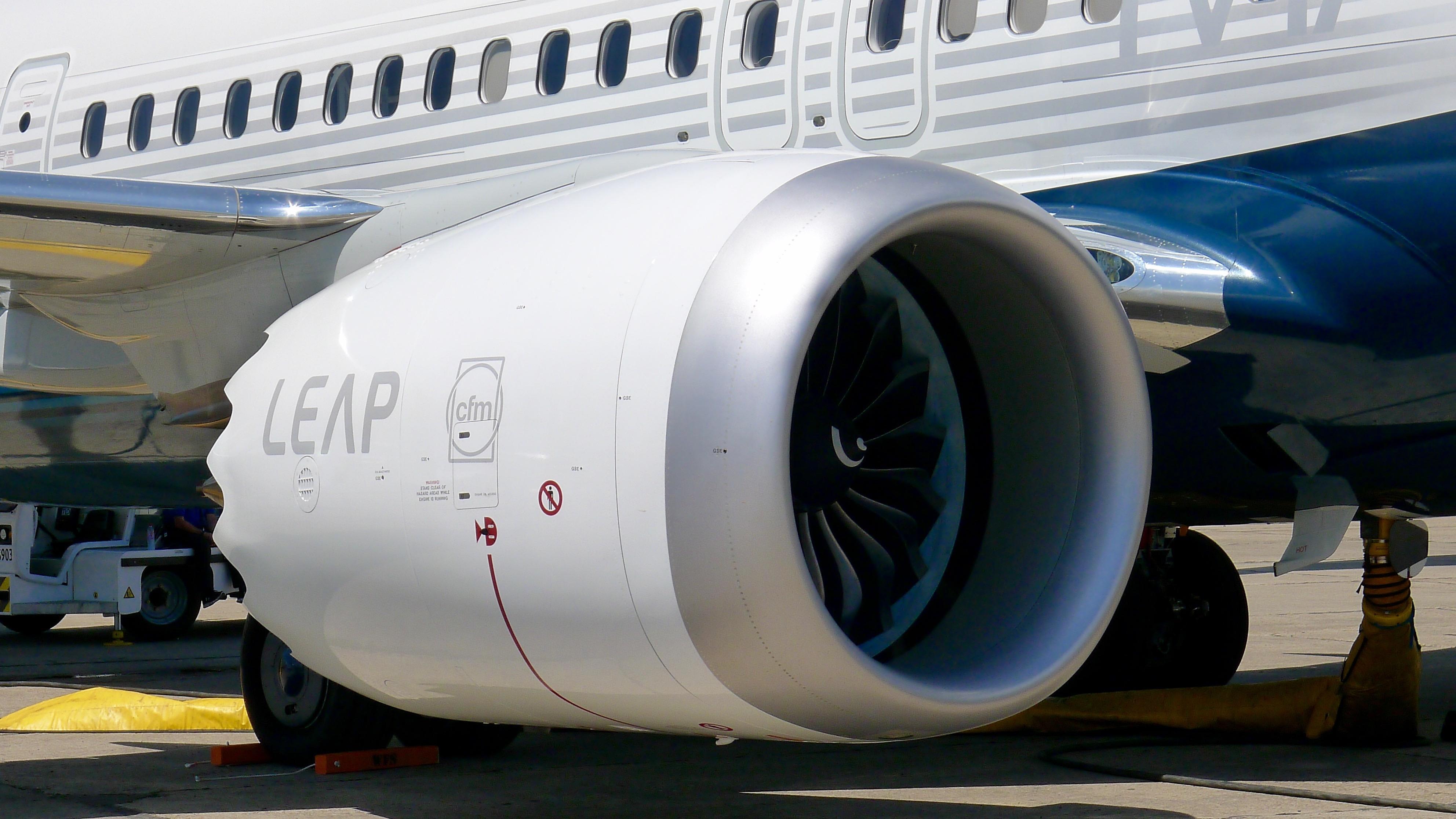
Engine MRO Demand In 2030
With a projected MRO growth of 4.9% annually from 2021 to 2030, the engine segment will be in the largest in the aftermarket. By 2030, it will account for 46% of the overall MRO market's $886.7 billion value.

Consistent Engine Growth
An illustration of the segment's growth is the increase in its value over the next decade. This year, it is worth $30.2 billion yet 10 years from now, it will be valued at $46.5 billion.

10-Year Demand By Region
North America will lead the industry over the next 10 years for MRO demand. Aviation Week data forecasts the region will generate $81.7 billion in MRO spend. This would be followed by Asia-Pacific ($72 billion), China ($68 billion) and Western Europe ($64.5 billion).

CFM Will Hold Largest Market Share
CFM International, manufacturer of the CFM56 family (pictured) engine, will hold the largest market share over the next 10 years. Aviation Week's Fleet & MRO Forecast data estimates a 51% market share.

What Will The Engine Retirement Landscape Look Like?
Post-COVID could see a retirement wave. Engines like the CF34 (pictured) will see a gradual increase before peaking in 2024.

MRO Events
During that 10-year timeframe, Aviation Week estimates there will be more than 115,000 MRO events. 63% of these will be through shop visits.

Future Delivery Demand Dominated By Narrowbody Engines
Credit: Sean Broderick / AWST
Narrowbody engine types will inevitably be the most in-demand engine types. Aviation Week forecasts the LEAP-1B will lead this with 10,828 units expected to be delivered from 2021 to 2030. This is followed by the LEAP-1A (7,498) and Pratt & Whitney's GTF (3,240).

Widebody Engine Deliveries and Maintenance
In the Widebody segment, Rolls-Royce's Trent XWB powering the Airbus A350 will lead the way in deliveries with 1,750. The GENX-1 (pictured) will see 1,584 deliveries and will generate $32.6 billion in MRO spend over 10 years.
A look at future demand in the commercial engine MRO segment.
